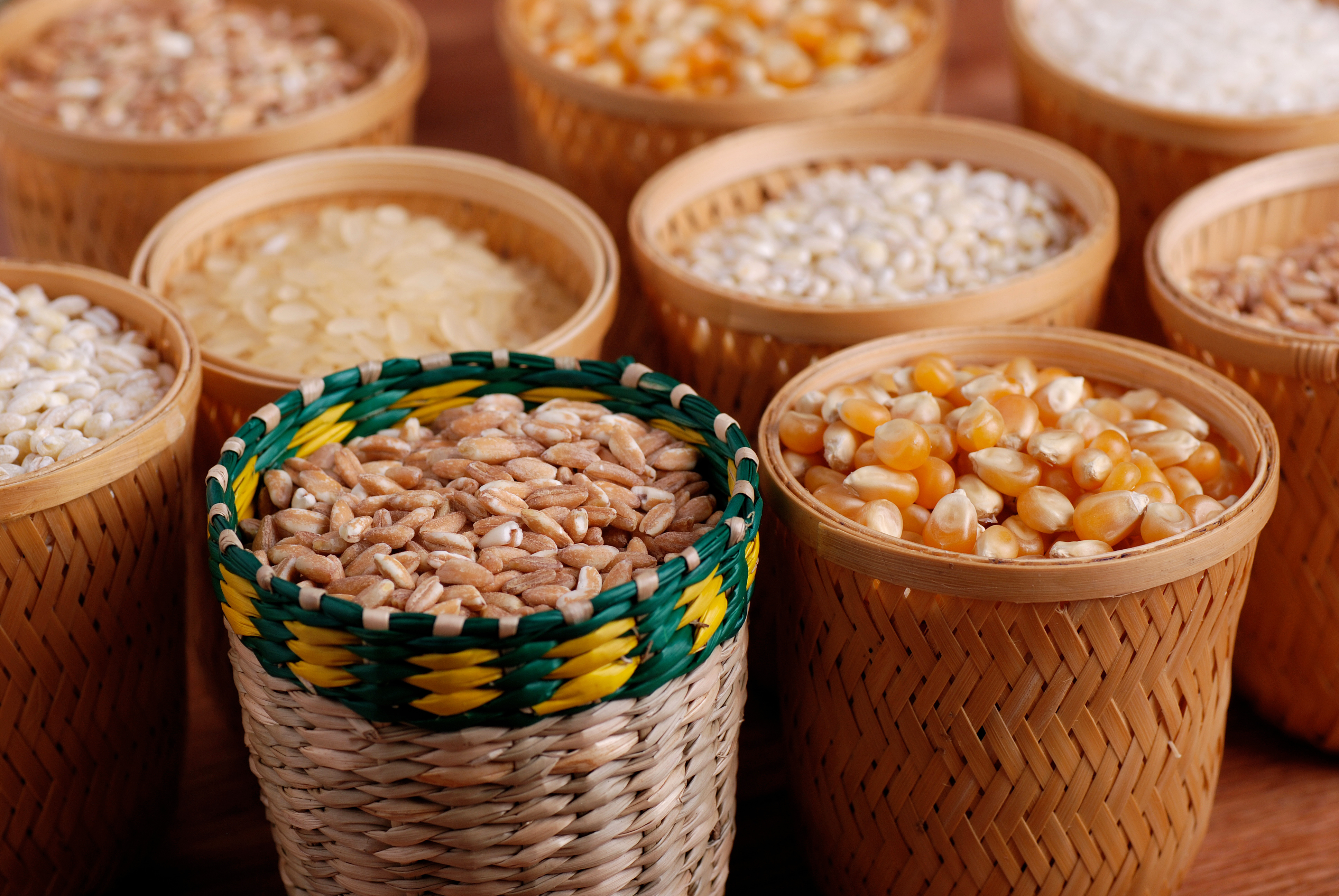
Whole grains have become somewhat of a trend in the health and nutrition world, and for a good reason. They’re really good for you. But what’s the science behind it? I’m going to tell you they’re the healthy move, where to find them, and recipes to try.
What are whole grains?
Whole grains are the entire grain seed of a plant. They can be eaten as a single food, such as oatmeal, brown rice, barley, or popcorn, or used as an ingredient in a food such as whole wheat flour in bread or cereal. The fiber content of different whole grain foods can vary considerably, depending on the food category and serving size. Some research demonstrates that the health-promoting effects of whole grains are attributed to more than just fiber.
Refined grains, on the other hand, is not such a trendy word in the world of healthy eating. Refined grains, such as white rice, white bread, and regular old white pasta, have been milled to remove the bran and the germ. Of course, many will tell you that refined grains are unhealthy, but incorporating both whole and refined grains can provide balanced nutrition.
What are the health benefits of whole grains?
Eating a diet rich in whole grains have health benefits such as reduced risk of type 2 diabetes, weight management, digestive health, and maintaining normal blood glucose levels. Additionally, studies continue to show that including enough whole grain foods as part of a healthy diet may help with heart disease prevention and management. Researchers have even observed that diets rich in whole grain foods tend to decrease the “bad” cholesterol (LDL cholesterol), triglycerides, and blood pressure, while at the same time increasing HDL cholesterol (the “good” cholesterol).
What are sources of whole grains?
Yay, now you know that whole grains are good for you. And it’s actually pretty easy to incorporate them into your diet if you haven’t already. There are many different types of whole grains including whole wheat, whole oats, whole grain cornmeal, popcorn, brown rice, whole rye, whole-grain barley, wild rice, buckwheat, triticale, bulgur (cracked wheat), millet, quinoa, and sorghum.
How many whole grains should I consume?
The 2010 Dietary Guidelines for Americans [1] recommend consuming at least half your grains as whole grains. This means that at least three ounce-equivalents of whole grains per day are necessary to achieve the dietary recommendation of making half your grains whole. You have some options to get these whole grains into your diet.
1. Consume 3 ounces of 100% whole grains and 3 ounces of refined grains.
2. Consume 2 ounces of 100% whole grains, 2 ounces of partially whole grain products, and 2 ounces of refined-grain products.
3. Consume 6 ounces of partly whole grain products.
What are some meal ideas that could incorporate whole grains into my diet?
Breakfast
- Steel cut oats with nuts and peaches. Try this recipe from The Roasted Root.
- Breakfast burrito made with whole wheat wrap. Ambitious Kitchen has a great recipe.
- Whole grain cereal with milk and banana. Cheerios, Wheaties, and Kasha GoLean are all common, delicious whole grain cereals.
Lunch
- Mediterranean salad with whole wheat couscous, garbanzo beans, feta, and tomatoes, and onion. This recipe is light and tasty.
- Quinoa salad with black beans, salsa and cheese. The Lively Kitchen does this recipe really well.
Dinner
- Chicken curry with brown rice. We’re fans of The Homemade Ginger’s recipe for this dish.
- Whole wheat linguine with peppers and ground turkey. Martha Stewart has a version of this dish that takes under 30 minutes.
Snack
- Popcorn (I know, very exciting!)
- Yogurt with toasted barley granola
References
[1] 2010 Dietary Guidelines for Americans. 7th edition
[2] U.S. Department of Agriculture on grains
